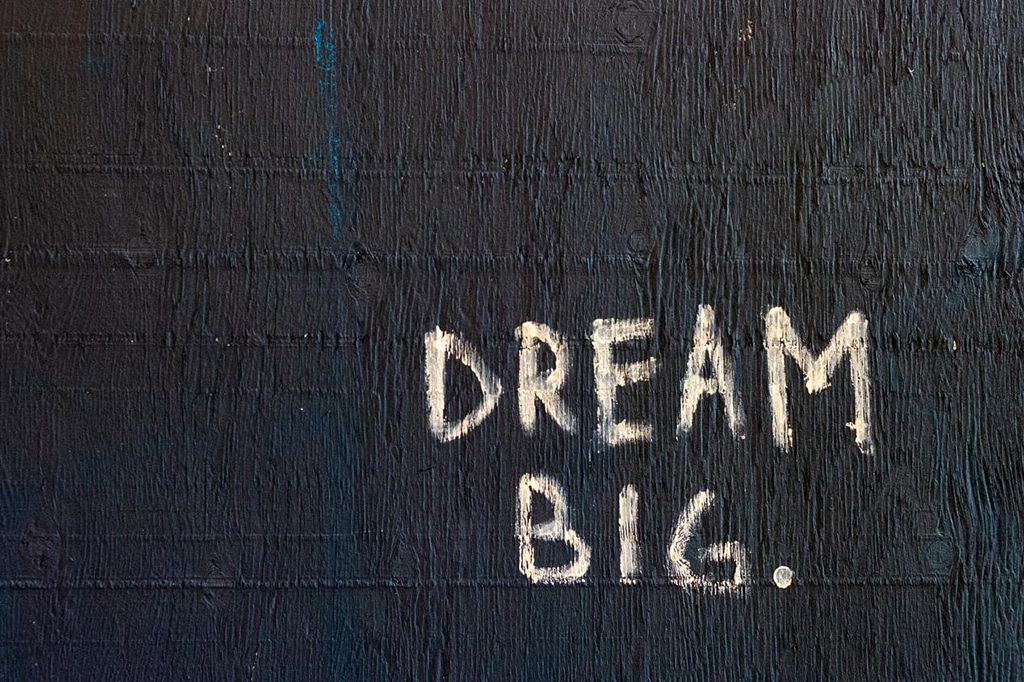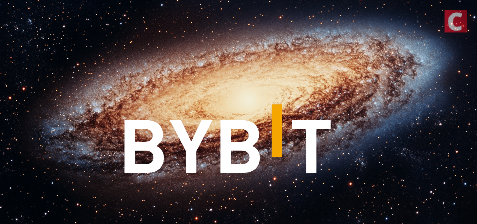
What’s the Mission of Communities in Web3 Era?
So many new changes worth thinking about come to people’s mind when looking back at the crypto bull market just past. During the period, bitcoin hitting a breath-taking ATH of nearly $70,000 no longer seems to be the sole focus of attention, DeFi, Web3, GameFi and NFT’s sudden emergence instead became a powerful engine in the crypto market, attracting plenty of users and capital. People realize that with industry’s further development, the idea of decentralization derived from Bitcoin’s white paper has extended itself from financial level to every aspect of social reality, the atmosphere of the whole market has also shifted from speculative sentiment in“Wild West”period to steadfastly sink to the community, solidify the infrastructure and explore more effective governance model, which is evident in the popularity of phenomenal projects like Axie and StepN. As use cases of crypto market further diversified and improved, the scale and efficiency of communities should be elevated accordingly and more important responsibilities should be taken on. Next, please take a close look at the role of communities, the problems existing in current community governance and the basic features of high-level communities to meet the development requirements of crypto industry.

How to Look Upon Communities in the Crypto Industry?
Let’s start with a brief introduction to the concept of “community”. Nowadays in the academic circle, sociologists have more than 140 definitions of it, with a basic consensus on the essential elements consisting of community. It is generally believed that a community should have the following characteristics:
- with a certain geographical area;
- with a certain number of people;
- with common consciousness and interests among the residents;
- with close social contacts.
To sum up, a community refers to “a social life unity composed of people living together in a certain area based on common interests and consciousness”. As the crypto economy grows, the concept of “community” transcends geographical limitations, while the other three characteristics remain relevant. For example, Axie, a representative blockchain game mentioned above, once had millions of DAU at top with users throughout the world. How did it become a hit in a short time? In addition to exquisite design of the economic model by the Axie team, the key point is to fully activate the community value, whether the team was faced with the conflict between SLP limited consumption and unlimited issuance, or decided to develop Ronin sidechain to improve the game experience, community members’ opinions and suggestions were fully respected and played an major role in the final decision.
So why the long-existing but under-appreciated community can flourish in the crypto industry? A key factor lies in its decentralized nature, which maximizes the creativity and enthusiasm of community members. Compared with the traditional centralized communities, there is no centralized center or subordinate relationship in crypto communities, and members can make/modify rules, propose suggestions and participate in decision-making equally. It means that crypto community is not only a new form of social organization, but also a revolutionary mode of relations of production, which is of extraordinary value for Web3.
Can Web2-based Communities Meet the Development Needs of Web3?
Although comprehending the importance of communities for development of Web3 and the whole crypto industry, people are still in an awkward situation at this stage, that is, the majority of Web3 community governance still relies on Web2 platforms, including Twitter, Facebook, Wechat, Telegram, etc. Information dissemination in Web2 era shifted from one-direction manner to a two-way and interactive mode compared to Web1 era. Web2 Users has created a large number of online contents, while with high replicability and difficulty in confirmation and protection of relevant rights. Thus in the absence of copyright, the marginal cost of replication is almost zero, which is obviously unfair to content creators and clearly violates the respect for individual values advocated by Web3.
The root cause for this dilemma is that users’Web2 IDs cannot be connected with Web3 addresses. For example, it is be sure that a user has the complete ownership and disposal right of the assets in his/her MetaMask address; while the user only has the right to use the Twitter account, for whose ownership belongs to the company. Ownership separation brought by intergenerational differences between Web2 and Web3 directly leads to the disconnection, causing much inconvenience to users. As a result, many common operations in DeFi and other pure financial use cases become extremely complicated in social + financial scenarios. Meanwhile, such complicated operation paths inevitably bring potential risks to security of users’ assets, which are vulnerable to criminals.
What Kind of Communities Does Web3 Need?
Historian David Christian argues in his book Big History: Between Nothing and Everything that “the acquisition of energy and information, the pursuit of power, wealth and knowledge, is the fundamental driving force of human development.” That is to say, compared with other higher animals, the greatest advantage of human beings is the ability to learn collectively. The knowledge, skills and experience accumulated by the preceding generation can be passed on to the next generation through language and writing, enabling the younger generation to keep innovating and evolving on the foundation laid by the previous generation. Throughout history, the core of many human activities is the acquisition, storage, analysis and dissemination of information, and unceasing technological progress in these areas has been an vital impetus for the development of human civilization.
In the long history of thousands of years before Web2’s rise, due to the restriction of technology, productivity, and many other factors, the respect and inheritance on collective wisdom indeed greatly promoted the progress of human civilization. But admittedly, the times is in constant evolvement, thus the original top-down information inheritance system dominated by a minority of resources controllers needs to be transformed into a bottom-up value inheritance system dominated by wisdom and power of the vast number of users. Strengthening the idea of respecting individual value, leading the future trend of the Internet, pushing the Internet age of information to the age of value and finally attributing the rights and interests to every individual user will be the historical responsibilities of communities in the Web3 era.
To achieve the target, one important step is to bridge the gap between the Web2 IDs and Web3 addresses. Firstly, social interaction is the basic need of every modern person and one of the essential elements of communities generally recognized by sociologists. Secondly, the pursuit of wealth and knowledge is the fundamental power to promote personal struggle and human development. Therefore, there is no doubt that the community governance model has to meet higher requirements in the wave of Web3 revolution. Web3 communities not only need to get rid of the defects such as separation between ownership and use right, vague copyright and difficulty in safeguarding rights born with Web2 communities, but also are expected to remove obstacles such as cumbersome connections between personal social accounts and Web3 addresses, low efficiency and hidden risks for asset security. In terms of the above problems, it is obviously unrealistic to count on the well-established Web2 community platforms to take the initiative to seek breakthroughs. After all, faced with the stable income model and uncertain risks, there is not enough motivation for vested interests to carry out self-revolution.
The good news is that there are already some pioneers in crypto market making a bold move, such as the MOJOR team, which focuses on Web3 infrastructure and services. According to the project founders, MOJOR is a NFT-based Web3 community platform, enabling users to log in to the community via their wallet address without registration, which will effectively protect users’ privacy, build a real Web3 community platform, seamlessly and efficiently solve community problems and improve the governance efficiency of community managers. Within MOJOR community, members can independently build their own decentralized social graphs. Every user can directly communicate, trade NFTs and tokens using Web3 addresses on MOJOR. The project initiators can also use MOJOR for DAO governance, voting, whitelist distribution, and to increase user engagement.
More importantly, MOJOR will launch NFTswap – a NFT smart trading bot. Users can complete NFT transactions on MOJOR without being redirected to OpenSea, which will reduce transaction costs, greatly improve transaction efficiency and increase liquidity.
MOJOR project founder said:
“People stick to the long-term approach, aiming at gathering all Web3 users and striving to become an important part of the global Web3 ecosystem. MOJOR Dapp is scheduled to be officially launched at the end of May, and MOJOR will keep cultivating the Web3 community to provide more capabilities and bots meeting the needs and development of the community. And MOJOR will gradually open the API, developers are always welcomed to build and prosper the community.”
Disclaimer: This publication is sponsored. Coinspeaker does not endorse or assume responsibility for the content, accuracy, quality, advertising, products, or other materials on this web page. Readers are advised to conduct their own research before engaging with any company mentioned. Please note that the featured information is not intended as, and shall not be understood or construed as legal, tax, investment, financial, or other advice. Nothing contained on this web page constitutes a solicitation, recommendation, endorsement, or offer by Coinspeaker or any third party service provider to buy or sell any cryptoassets or other financial instruments. Crypto assets are a high-risk investment. You should consider whether you understand the possibility of losing money due to leverage. None of the material should be considered as investment advice. Coinspeaker shall not be held liable, directly or indirectly, for any damages or losses arising from the use or reliance on any content, goods, or services featured on this web page.




